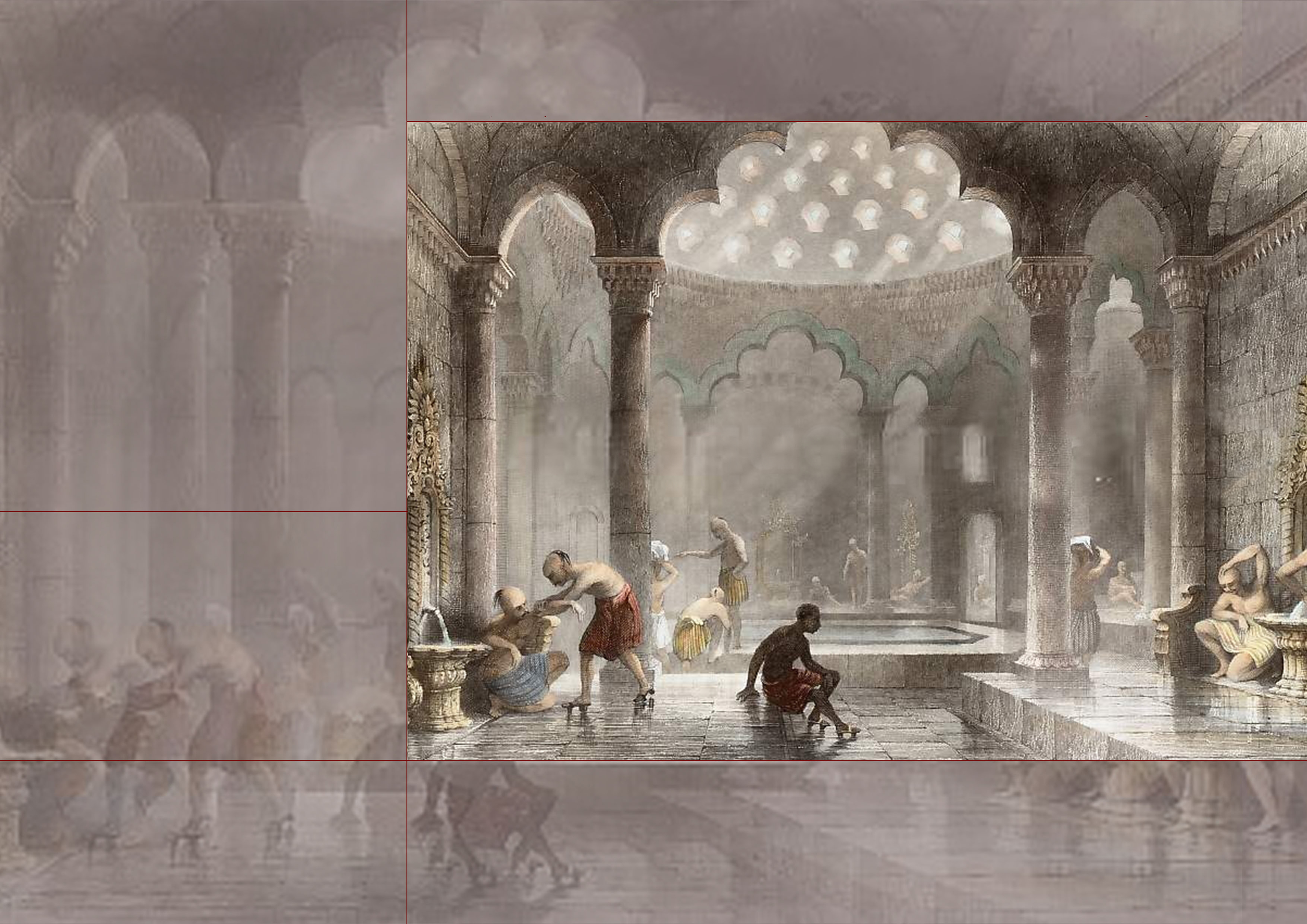Water and steam, stone or marble: the fundamental components of a bath, an area devoted to the purification of the human body and beyond. Whether they are in the center of a neighborhood or in a remote thermal spring, spas and thermal healing centers since the ancient times an important factor of socialization, healing, and of course relief. Therefore, their warm, humid and mysterious atmosphere is not only associated with the physical cleansing but also with the spiritual one, since the bather is also separated from his personal worries, negative thoughts and anxiety. It is not a coincidence that in most cultures bathing places have a religious dimension, while being a part of religious practices.
How does each culture compose the above elements in a space?
Do we come across any of these elements in modern examples?
These questions triggered an extensive historical and architectural exploration of the bathing areas from prehistoric times until nowadays, analyzing examples from around the world. Aiming at the creation of a complete research background for the study of the bathing facilities, we also present data on Hydrotherapy and the not so famous Mudtherapy, for a deeper understanding of the functions and the underlying philosophies behind their architectural composition.


